Grow Big Broccoli at Home – sounds like a dream, right? I know, I used to think so too! But trust me, with a few clever tricks and a little DIY magic, you can be harvesting impressive broccoli heads right from your own backyard. Forget those flimsy, overpriced florets at the grocery store; we’re talking about juicy, vibrant, and utterly delicious broccoli that you nurtured yourself.
Broccoli, a member of the brassica family, has a rich history dating back to the Roman Empire. It was considered a delicacy and carefully cultivated for its unique flavor and nutritional benefits. Fast forward to today, and while broccoli is readily available, the satisfaction of growing your own, especially when you grow big broccoli at home, is unparalleled.
Why do you need these DIY tricks? Well, let’s face it, broccoli can be a bit finicky. It needs the right conditions, the right nutrients, and a little bit of TLC to truly thrive. Many gardeners struggle with small, stunted heads or pest infestations. But fear not! This article is packed with simple, effective DIY hacks that will help you overcome these challenges and achieve broccoli-growing success. I’m going to share my tried-and-true methods for soil preparation, pest control, and fertilization, all designed to help you grow big broccoli at home. So, grab your gardening gloves, and let’s get started!
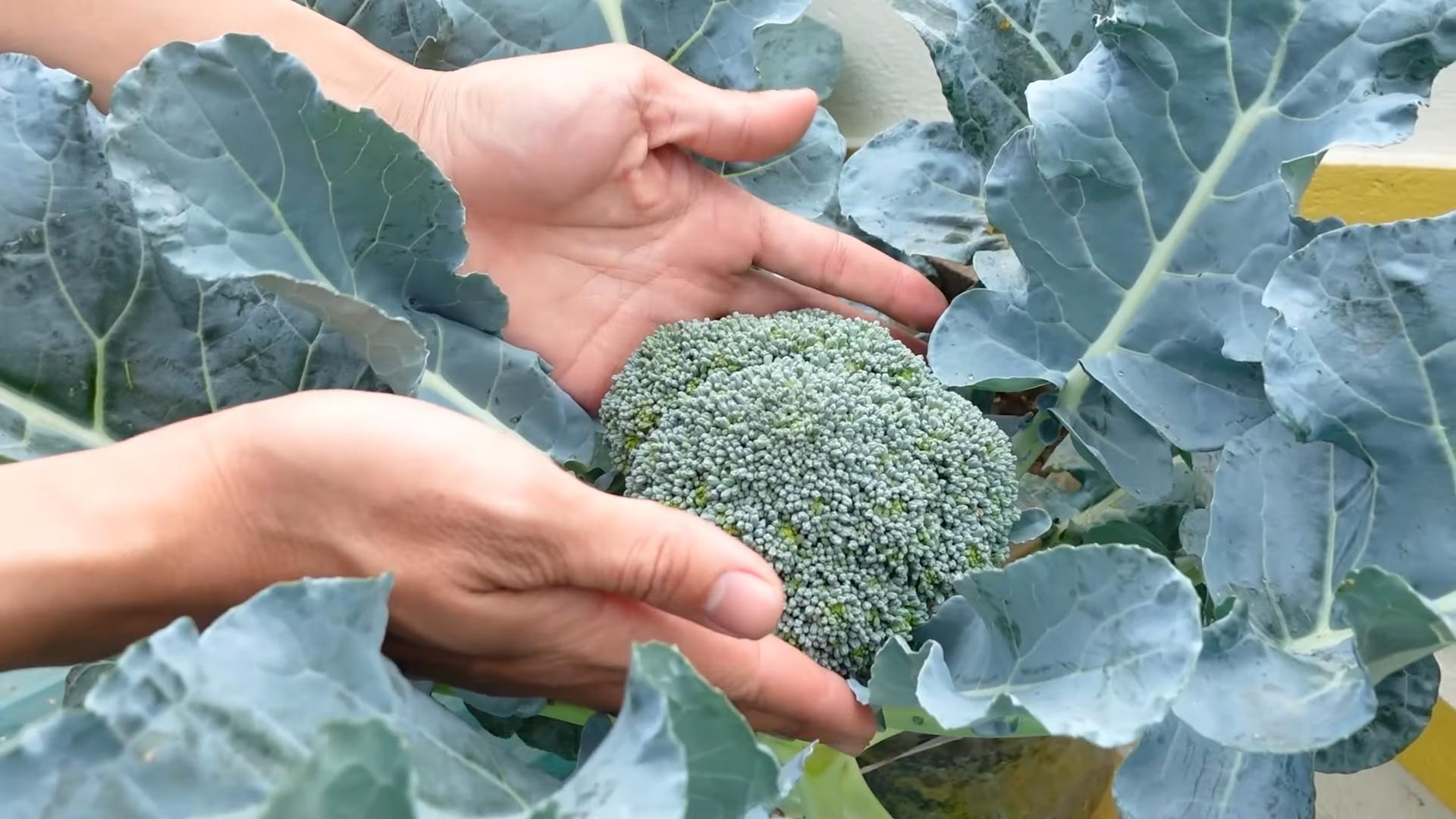
Growing Giant Broccoli at Home: My Foolproof Guide
Hey there, fellow gardening enthusiasts! I’m so excited to share my secrets for growing massive, delicious broccoli heads right in your own backyard. Forget those tiny, overpriced florets at the grocery store – with a little know-how and some TLC, you can harvest broccoli that will make your neighbors green with envy (pun intended!). This isn’t just about growing broccoli; it’s about growing *big* broccoli. Let’s dive in!
Choosing the Right Broccoli Variety
First things first, not all broccoli varieties are created equal. If you’re aiming for size, you need to pick the right one. Here are a few of my favorites that consistently produce impressive heads:
* ‘DiCicco’: This is a reliable heirloom variety that produces a large central head followed by numerous side shoots. It’s relatively quick to mature, making it a great choice for beginners.
* ‘Waltham 29’: Another excellent heirloom option, ‘Waltham 29’ is known for its cold hardiness and ability to produce large, tightly packed heads.
* ‘Green Magic’: If you’re looking for early maturity, ‘Green Magic’ is your go-to. It produces uniform, dark green heads that are perfect for freezing.
* ‘Packman’: This hybrid variety is a real workhorse, yielding large, well-domed heads that are resistant to many common broccoli diseases.
Preparing Your Broccoli Bed
Broccoli is a heavy feeder, meaning it needs nutrient-rich soil to thrive. Proper soil preparation is absolutely crucial for growing those giant heads we’re after.
* Sunlight: Broccoli needs at least 6 hours of direct sunlight per day. Choose a location in your garden that gets plenty of sun.
* Soil: Broccoli prefers well-drained soil with a pH between 6.0 and 7.0. If your soil is heavy clay or sandy, amend it with plenty of organic matter, such as compost or well-rotted manure.
* Nutrients: Before planting, incorporate a generous amount of compost and a balanced fertilizer into the soil. I like to use a fertilizer with an NPK ratio of 10-10-10.
Starting Your Broccoli Seeds
You can either start your broccoli seeds indoors or direct sow them in your garden, depending on your climate and growing season. I prefer to start my seeds indoors to get a head start.
* Indoor Starting (Recommended):
* Timing: Start your seeds 6-8 weeks before the last expected frost in your area.
* Containers: Use seed starting trays or small pots filled with a seed starting mix.
* Sowing: Sow the seeds about 1/4 inch deep and gently water them.
* Light: Place the trays under grow lights or in a sunny window.
* Watering: Keep the soil consistently moist but not soggy.
* Hardening Off: Before transplanting your seedlings outdoors, you’ll need to harden them off. This means gradually exposing them to outdoor conditions over a period of 7-10 days. Start by placing them in a sheltered spot for a few hours each day, gradually increasing the amount of time they spend outside.
* Direct Sowing:
* Timing: Sow your seeds directly into the garden 2-3 weeks before the last expected frost.
* Spacing: Sow the seeds about 1/2 inch deep and 18-24 inches apart.
* Thinning: Once the seedlings emerge, thin them to one plant per 18-24 inches.
Transplanting Your Broccoli Seedlings
Once your seedlings have developed several sets of true leaves and the weather has warmed up, it’s time to transplant them into your garden.
Step-by-Step Instructions:
1. Prepare the Planting Holes: Dig holes that are slightly larger than the root balls of your seedlings. Space the holes 18-24 inches apart. This spacing is crucial for allowing the broccoli plants to develop large heads.
2. Add Compost and Fertilizer: Place a handful of compost and a small amount of balanced fertilizer into each hole. This will give your seedlings a boost of nutrients.
3. Gently Remove Seedlings: Carefully remove the seedlings from their containers, being careful not to damage the roots.
4. Plant the Seedlings: Place the seedlings in the holes and backfill with soil. Make sure the top of the root ball is level with the surrounding soil.
5. Water Thoroughly: Water the seedlings thoroughly after planting. This will help settle the soil and encourage root growth.
6. Mulch: Apply a layer of mulch around the plants to help retain moisture, suppress weeds, and regulate soil temperature. I like to use straw or wood chips.
Caring for Your Broccoli Plants
Now that your broccoli plants are in the ground, it’s time to provide them with the care they need to thrive.
* Watering: Broccoli needs consistent moisture to produce large heads. Water deeply and regularly, especially during dry periods. Aim for at least 1 inch of water per week.
* Fertilizing: Broccoli is a heavy feeder, so you’ll need to fertilize it regularly. Side-dress your plants with a balanced fertilizer every 3-4 weeks.
* Weeding: Keep your broccoli bed free of weeds, as they can compete with your plants for nutrients and water.
* Pest Control: Broccoli is susceptible to several common pests, including cabbage worms, aphids, and flea beetles. Inspect your plants regularly and take action if you see any signs of infestation. I prefer to use organic pest control methods, such as insecticidal soap or neem oil.
* Supporting the Heads: As your broccoli heads grow larger, they may become heavy and start to droop. If this happens, you can support them with stakes or cages.
Dealing with Common Broccoli Problems
Even with the best care, you may encounter some problems while growing broccoli. Here are a few common issues and how to address them:
* Buttoning: This is when the broccoli head forms prematurely and remains small. It’s often caused by stress, such as lack of water or nutrients. Make sure your plants are getting enough water and fertilizer.
* Yellowing Leaves: This can be a sign of nutrient deficiency or disease. Check the pH of your soil and amend it if necessary. You may also need to apply a fungicide if your plants are infected with a disease.
* Pest Infestations: As mentioned earlier, broccoli is susceptible to several common pests. Inspect your plants regularly and take action if you see any signs of infestation.
Harvesting Your Giant Broccoli Heads
The moment you’ve been waiting for! Knowing when to harvest is key to getting the best flavor and texture.
* Timing: Harvest your broccoli when the heads are firm, tight, and dark green. The individual florets should be tightly closed.
* Technique: Use a sharp knife to cut the head from the plant, leaving a few inches of stem. This will encourage the plant to produce side shoots, which you can harvest later.
* Storage: Store your harvested broccoli in the refrigerator for up to a week.
Encouraging Side Shoot Production
Don’t just stop at the main head! Broccoli plants will often produce smaller side shoots after the main head is harvested. To encourage side shoot production:
* Leave the Stem: As mentioned above, leave a few inches of stem when you harvest the main head.
* Fertilize: Continue to fertilize your plants after harvesting the main head.
* Water: Keep the soil consistently moist.
Enjoying Your Homegrown Broccoli
Congratulations! You’ve successfully grown giant broccoli heads in your own backyard. Now it’s time to enjoy the fruits (or rather, vegetables) of your labor. Broccoli is incredibly versatile and can be used in a variety of dishes. Here are a few of my favorite ways to enjoy homegrown broccoli:
* Steamed: Steaming is a simple and healthy way to cook broccoli.
* Roasted: Roasting broccoli brings out its natural sweetness.
* Stir-fried: Broccoli is a great addition to stir-fries.
* Soups: Broccoli soup is a comforting and nutritious meal.
* Salads: Add raw or blanched broccoli to your favorite salads.
Troubleshooting for Extra-Large Heads
Okay, so you’ve followed all the steps, but you *really* want to maximize the size of your broccoli heads? Here are a few extra tips and tricks I’ve learned over the years:
* Soil Testing: Get your soil tested to determine its nutrient levels. This will help you tailor your fertilization program to meet the specific needs of your broccoli plants.
* Foliar Feeding: Supplement your regular fertilization with foliar feeding.
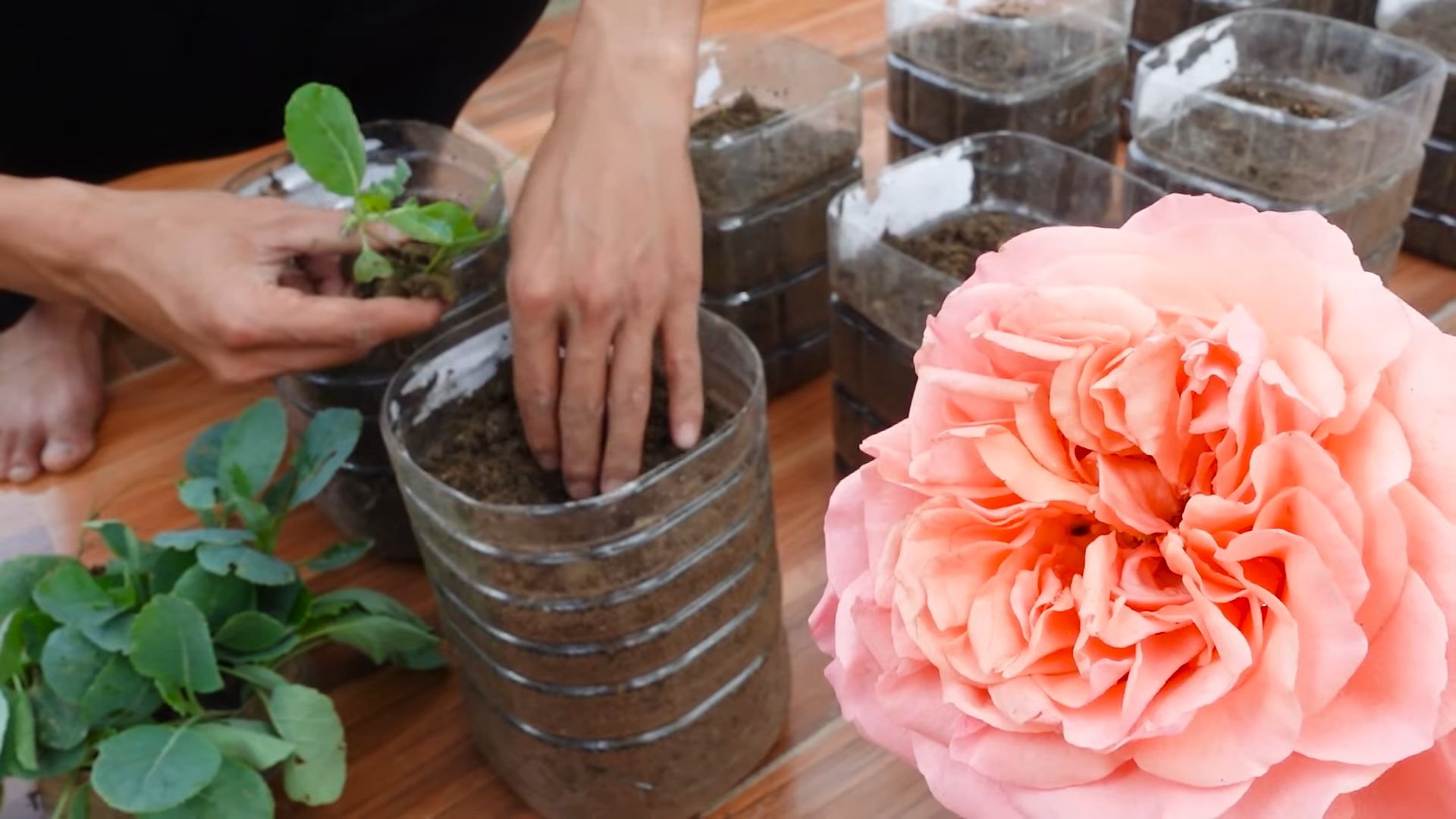
Conclusion
So, there you have it! Growing big broccoli at home isn’t just a pipe dream; it’s an achievable reality with a little know-how and dedication. We’ve walked you through the essential steps, from selecting the right variety and preparing your soil to nurturing your plants and protecting them from pests. But why should you bother with all this effort when you can simply buy broccoli at the store? The answer lies in the unparalleled freshness, flavor, and satisfaction that comes from harvesting your own homegrown produce.
Imagine biting into a crisp, vibrant head of broccoli, bursting with nutrients and flavor, knowing that you nurtured it from seed to table. That’s an experience you simply can’t replicate with store-bought broccoli, which often sits on shelves for days, losing its vitality and taste. Plus, growing your own allows you to control exactly what goes into your food, avoiding harmful pesticides and chemicals.
This DIY approach to growing big broccoli is more than just a gardening project; it’s an investment in your health, your well-being, and your connection to nature. It’s a chance to learn new skills, get your hands dirty, and witness the miracle of life unfolding in your own backyard.
But the journey doesn’t end here. Feel free to experiment with different varieties of broccoli to discover your personal favorites. Try adding companion plants like marigolds or nasturtiums to deter pests naturally. Consider succession planting to ensure a continuous harvest throughout the growing season.
Don’t be afraid to get creative and adapt these techniques to suit your specific climate and growing conditions. For example, if you live in a particularly hot climate, you might want to provide your broccoli plants with some afternoon shade to prevent them from bolting. Or, if you have limited space, you could try growing broccoli in containers on your patio or balcony.
The possibilities are endless!
We encourage you to take the plunge and try growing big broccoli at home. It may seem daunting at first, but with a little patience and persistence, you’ll be rewarded with a bountiful harvest of delicious, nutritious broccoli. And once you’ve tasted the difference between homegrown and store-bought, you’ll never look back.
We’d love to hear about your experiences! Share your tips, tricks, and photos in the comments below. Let’s create a community of passionate broccoli growers and inspire others to embrace the joys of homegrown food. What are you waiting for? Get planting!
Frequently Asked Questions (FAQ)
What is the best time of year to plant broccoli?
The best time to plant broccoli depends on your climate. Broccoli is a cool-season crop, so it thrives in temperatures between 60°F and 70°F (15°C and 21°C). In areas with mild winters, you can plant broccoli in the fall for a winter or early spring harvest. In colder climates, start seeds indoors 6-8 weeks before the last expected frost and transplant them outdoors in the spring. You can also plant a second crop in late summer for a fall harvest. Pay attention to your local weather patterns and frost dates to determine the optimal planting time for your region.
How much sunlight does broccoli need?
Broccoli requires at least 6 hours of direct sunlight per day to thrive. Choose a planting location that receives full sun for most of the day. If you live in a particularly hot climate, providing some afternoon shade can help prevent the broccoli from bolting (going to seed prematurely). Insufficient sunlight can result in leggy plants with small, underdeveloped heads.
What kind of soil is best for growing broccoli?
Broccoli prefers well-drained, fertile soil that is rich in organic matter. The ideal soil pH is between 6.0 and 7.0. Before planting, amend your soil with compost, aged manure, or other organic materials to improve its fertility and drainage. You can also add a slow-release fertilizer to provide your broccoli plants with the nutrients they need to grow. Avoid planting broccoli in heavy clay soil, as this can lead to root rot.
How often should I water my broccoli plants?
Broccoli plants need consistent moisture to thrive. Water deeply and regularly, especially during dry periods. Aim to keep the soil consistently moist but not waterlogged. A good rule of thumb is to water when the top inch of soil feels dry to the touch. Mulching around your broccoli plants can help retain moisture and suppress weeds.
What are some common pests and diseases that affect broccoli?
Broccoli is susceptible to a variety of pests and diseases, including cabbage worms, aphids, flea beetles, clubroot, and downy mildew. To prevent pest and disease problems, practice good garden hygiene, such as removing plant debris and weeds. You can also use row covers to protect your plants from pests. If you encounter pests or diseases, treat them promptly with appropriate organic or chemical controls. Regularly inspect your plants for signs of problems and take action as needed.
How do I know when my broccoli is ready to harvest?
Broccoli is ready to harvest when the central head is firm, tight, and a deep green color. The individual florets should be tightly closed. If the florets start to open and turn yellow, it’s a sign that the broccoli is overripe. Use a sharp knife to cut the head from the plant, leaving a few inches of stem. After harvesting the central head, the plant may produce smaller side shoots that you can also harvest.
Can I grow broccoli in containers?
Yes, you can grow broccoli in containers, but you’ll need to choose a large container that is at least 12 inches in diameter and 12 inches deep. Use a high-quality potting mix and provide your broccoli plants with plenty of sunlight and water. Container-grown broccoli may require more frequent fertilization than broccoli grown in the ground. Choose a compact variety of broccoli that is well-suited for container gardening.
How can I prevent my broccoli from bolting?
Bolting is when a plant prematurely flowers and goes to seed. Broccoli is more likely to bolt in hot weather or when it experiences stress, such as drought or nutrient deficiencies. To prevent bolting, choose a bolt-resistant variety of broccoli, plant it at the right time of year, provide it with consistent moisture and nutrients, and protect it from extreme heat. If you live in a hot climate, providing some afternoon shade can also help prevent bolting.
What are some good companion plants for broccoli?
Companion planting can help improve the growth and health of your broccoli plants. Some good companion plants for broccoli include:
* Marigolds: Deter pests like nematodes and cabbage moths.
* Nasturtiums: Attract aphids away from broccoli.
* Dill: Attract beneficial insects that prey on pests.
* Onions and garlic: Repel pests and improve soil health.
* Chamomile: Attract beneficial insects and improve flavor.
Avoid planting broccoli near members of the nightshade family, such as tomatoes, peppers, and eggplants, as they can compete for nutrients and attract similar pests.
How do I store harvested broccoli?
To store harvested broccoli, wrap it loosely in a damp paper towel and place it in a plastic bag in the refrigerator. Broccoli can be stored in the refrigerator for up to a week. You can also freeze broccoli for longer storage. To freeze broccoli, blanch it in boiling water for 3-5 minutes, then plunge it into ice water to stop the cooking process. Drain the broccoli and spread it out on a baking sheet to freeze. Once frozen, transfer the broccoli to a freezer bag or container. Frozen broccoli can be stored for up to a year.

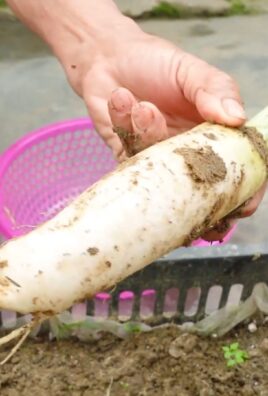
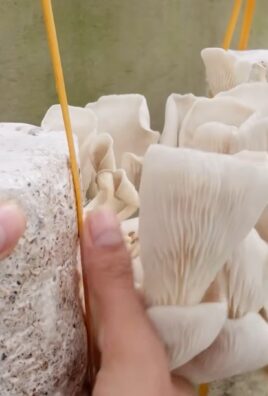
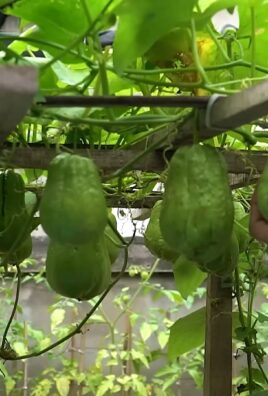
Leave a Comment